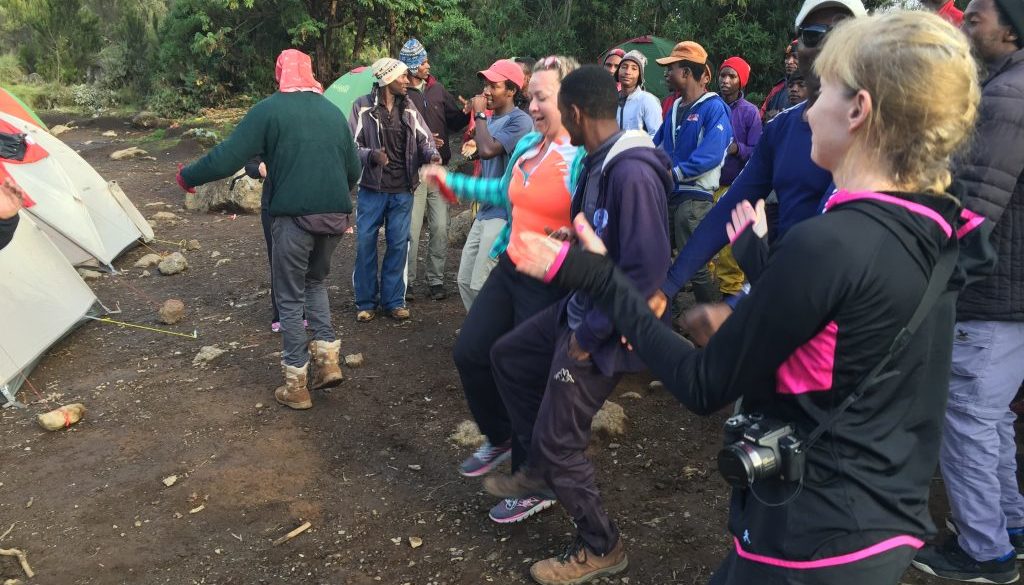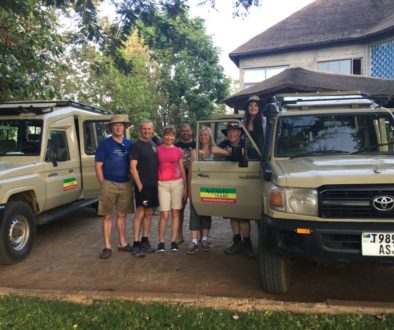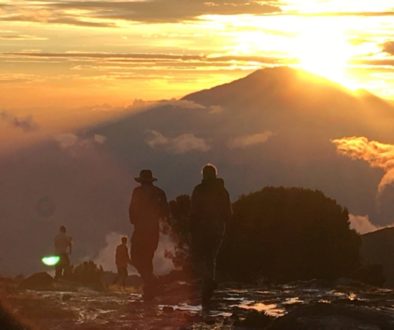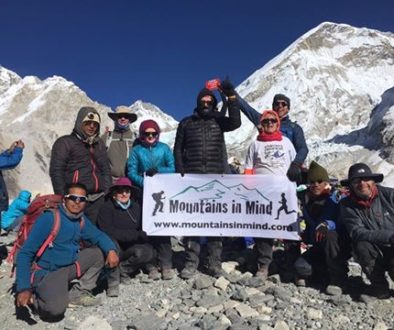6 reasons for not reaching the summit of Kilimanjaro
Climbing Kilimanjaro is on many people’s bucket list but do you know what it entails before you commit yourself? There are many reasons why people fail and we have provided the six main reasons below:
At Mountains in Mind we’ll provide advice and guidance on what gear you will need for the ascent. You’ll be provided with a kit list and we have produced You Tube videos so that you can see for yourself what is required. As you’ll be climbing through 5 climatic zones you will require a range of clothing from shorts and t-shirts on the lower slopes to duvet jackets and thermal underwear for the summit. You’ll also need comfortable boots that you have worn-in prior to the ascent and a descent sleeping bag. The effects of altitude can affect your sleep so the last thing you need is being cold and kept awake as your sleeping bag isn’t warm enough!
As you increase the altitude on the trek, you may not feel like eating or drinking much. It’s important to sustain your energy levels and that you eat little and often. Altitude sickness is also made worse through dehydration so you need to ensure you take regular sips of your drink to stay effectively hydrated. A camelbak or bladder are recommended for ease. There is plenty to eat and the variety of food is surprisingly good on the trek. You will be provided with high carbohydrate meals on the climb which are normally rice or potato based. Taking some of your own favourite high calorie snacks and haribos are also recommended.
The underfoot terrain can be technical in places so it is advised that you familiarise yourself with mountainous terrain in the UK beforehand. As the trek to the summit is over 6 days with a further day for descending back to the gate, you’ll need to have a certain level of fitness and endurance to be able to sustain the trek and reach the summit. Multiple day hikes of 6-7 hours on mountainous terrain are advised as good preparation for your ascent. The summit push is particularly strenuous and you are likely to take 14 hours to get to the summit and return to camp. We are happy to provide further guidance on how to prepare and provide you with a training plan.
You’ll get to hear pole pole alot from your guides, which means slowly slowly in Tanzanian. You may feel good and that the pace is too slow on the lower slopes but there is a genuine reason for going very slow at the beginning so that you acclimatise effectively. The lowest success rate is for males in the 20 to 30 age bracket, who have more of a tendency to go off too fast!
At Mountains in Mind we have a 100% summit success record. The quicker you take it with a shorter ascent, the less likely you are to reach the summit. On our trips we take 6 days or longer to reach the summit rather than 5 days. This increases the success rate and improves your experience. The adage of climb high, sleep low is certainly true and will help with acclimatisation. We will ensure you are supported on your ascent by a fantastic team of Tanzanian guides and porters who will help and monitor your progress.
You’ve got to want to make it to the summit! There will be some low points on the climb where you may be feeling the effects of the altitude but there will also be many highs. The pleasure and excitement, not to mention the kudos, of reaching the summit and the endorphins that you will feel afterwards will be amazing! It’s not the altitude, it’s your attitude!





